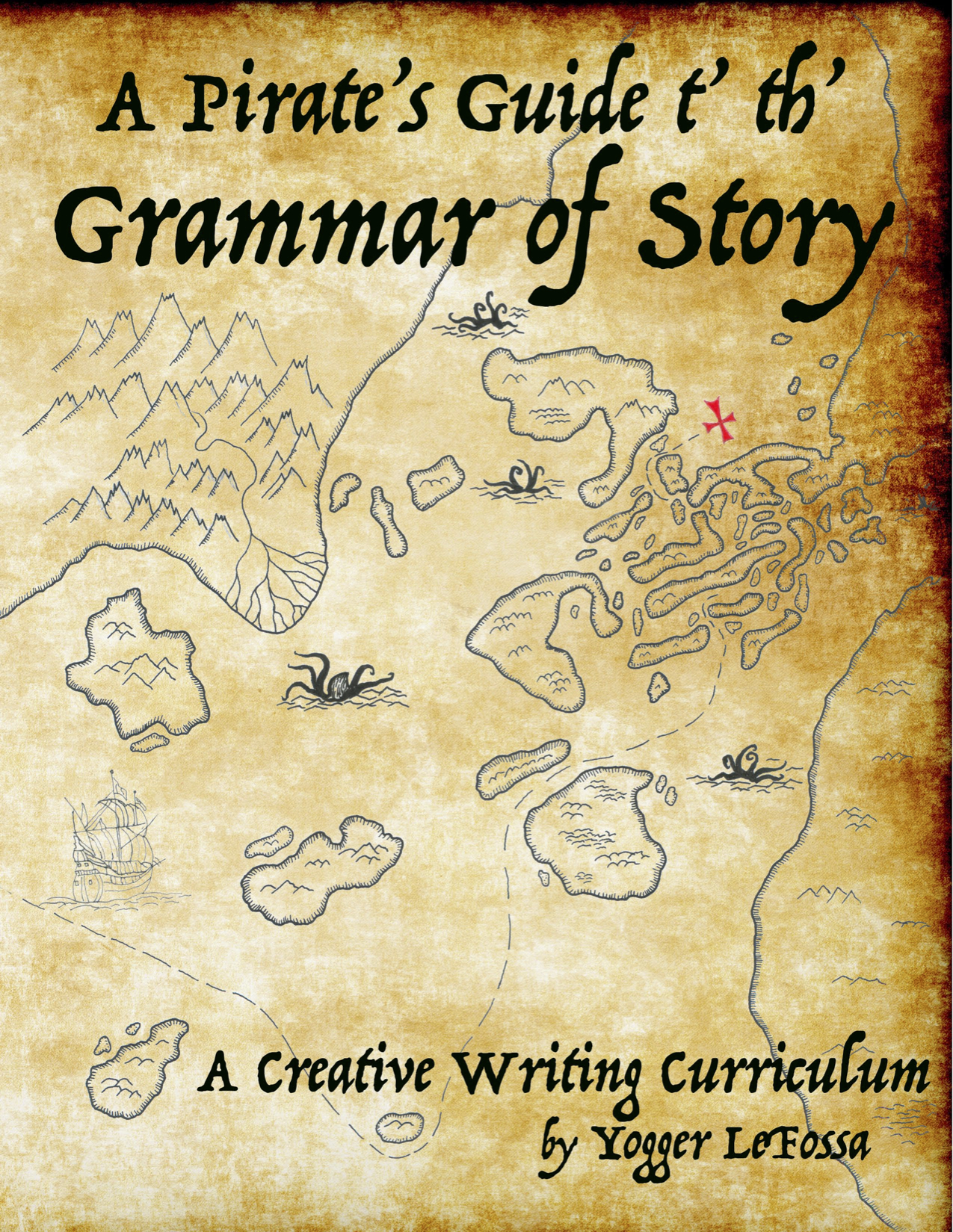How to Become More Specific
I recently shared how being specific was a way to set limits and create focus, and, generally, to communicate clearly. With limits and a focus, the reader doesn’t have to work very hard to visualize and engage with the story.
Want to help your student learn to be more specific?
Here are three specific ways (there are many more in exercise 2 and beyond in A Pirate’s Guide): Have them choose a noun (a character, a place, an object). Ask them to describe the noun with adjectives. Then ask them to add details about location - where is that object? Finally, you can add an activity. How’s that for simple? For example - let’s say the thing our student wants to make more specific is the town the story takes place in. They can add adjectives - festive, rural, run-down. They can add location - in the middle of America, or on the brink of a mountain peak, or hidden inside a glass bottle. They can add an activity - a town that is celebrating its centennial, or hosting a marathon, or being buried in an avalanche. This kind of brainstorming can lead to all kinds of interesting combinations. We might end up with a run-down town, located on the brink of a mountain peak, that is being buried in an avalanche. Or a festive town that is located in the middle of American and is hosting a marathon. Or a rural town that is celebrating its centennial, all inside a little glass bottle. Each of those would lead to a very different story, a very different image in the mind of the reader, and a very specific focus for the writer.
Being specific in this way - about ANY and EVERY thing in our stories - will help the writer to have limits and focus, and give the reader a vivid picture in their minds. And as they practice this skill (in writing, or in the exercises), you might find that it spills over into other areas, bringing greater clarity and description to their lives.
(These are just a few ideas to get you started. A Pirate’s Guide has more questions and brainstorming space to really dig into what it means to be specific in exercise #2, and pretty much every exercise after that!)
